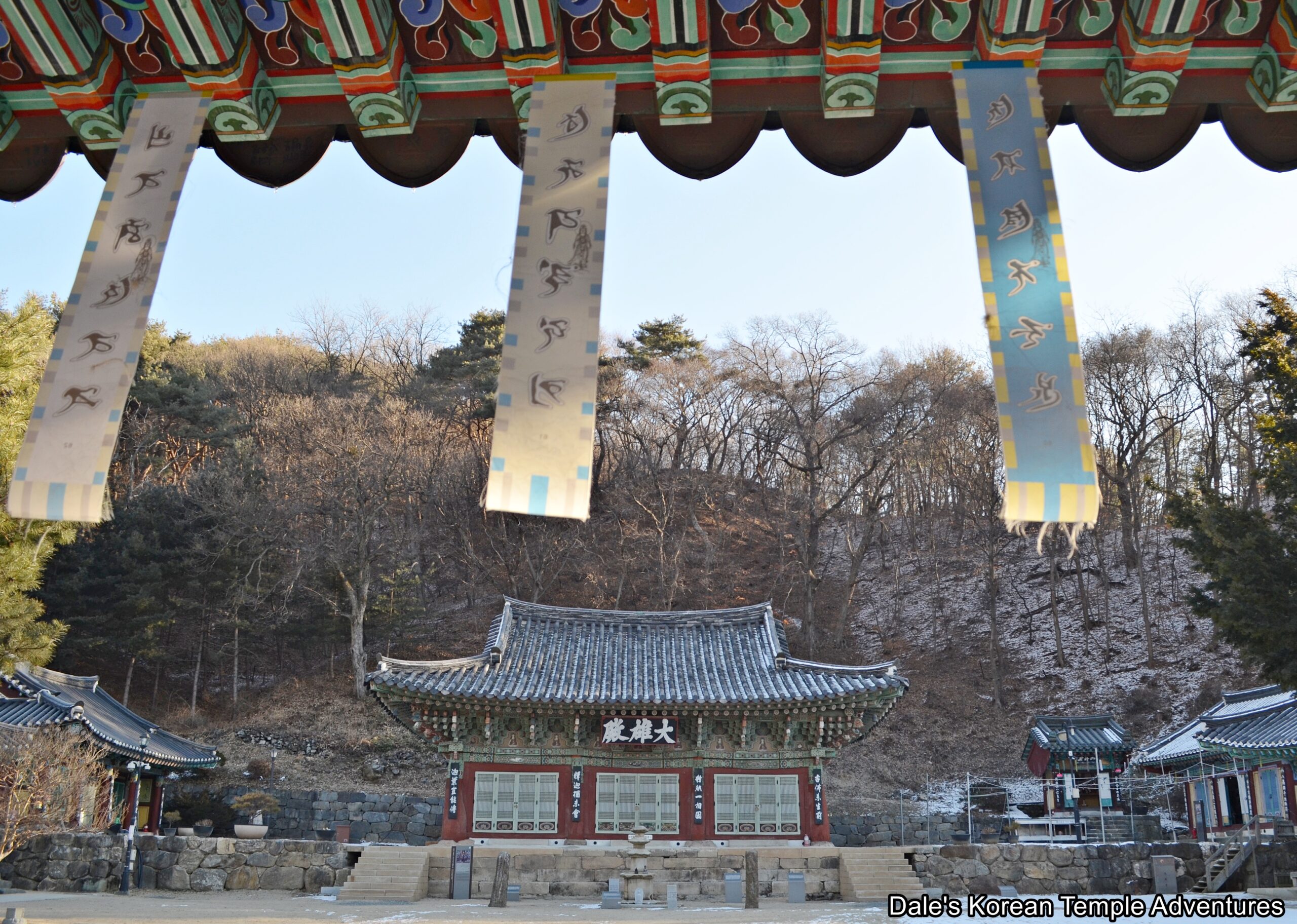
Temple History
Cheongnyongsa Temple is located in the southern part of Anseong, Gyeonggi-do in the southwestern foothills of Mt. Seounsan (547.6 m). The temple is presumed to have first been built in 1265 by the monk Zhongfeng Mingben (1263-1323), who was a monk from Yuan China (1271–1368). Originally, the temple was known as Daejangam Hermitage. In 1364, the famed monk Naong (1320-1376) expanded the temple and changed its name to Cheongnyongsa Temple, which means “Blue Dragon Temple” in English. He named the temple as such because he saw a blue dragon descending from the sky from auspicious clouds.
During the Joseon Dynasty (1392-1910), the temple was completely destroyed by fire during the Imjin War (1592-98) in 1597. The buildings currently at Cheongnyongsa Temple were all built after the Imjin War. At the temple’s entrance, there’s a monument that records the history of the temple. This monument was erected in 1720. According to the inscription on this monument, King Sejo of Joseon (r. 1455-1468) bestowed land to the temple. Additionally, Grand Prince Inpyeong (1622-1658) selected this temple as a place of prayer.
In total, Cheongnyongsa Temple is home to five Korean Treasures, a Tangible Cultural Heritage, and a Cultural Properties Materials.
Temple Layout
You first make your way up to Cheongnyongsa Temple next to the Cheongnyong Reservoir and the stream that feeds into it. Eventually, you’ll come to the temple parking lot. You’ll cross over a bridge to gain access to the temple grounds. But before crossing the bridge, you’ll notice three monuments. One of these monuments is the monument that details the temple’s history. This is joined by a contemplative bronze statue of Mireuk-bul (The Future Buddha) on one of these three monuments.
Having finally crossed over the bridge, you’ll come face-to-face with the Sacheonwangmun Gate. Rather interestingly, there are no statues or paintings of the Four Heavenly Kings inside this entry gate; instead, the doorway beautifully frames the main temple courtyard at Cheongnyongsa Temple.
To your immediate left, once you enter the main temple courtyard, you’ll find the Jong-gak Pavilion. Housed inside this bell pavilion is a large bronze bell with Bicheon (Flying Heavenly Deities) adorning it. Next to the Jong-gak Pavilion are the monks’ dorms. And directly across the courtyard is the administrative office at Cheongnyongsa Temple.
Bookended by these two buildings is the historic Daeung-jeon Hall. Out in front of the Daeung-jeon Hall is the “Three-Story Stone Pagoda of Cheongnyongsa Temple,” which is one of the Korean Treasures at Cheongnyongsa Temple. The granite pagoda is comprised of three-body stones and a single-layer stylobate. In total, the pagoda stands 2.38 metres in height. The stone pagoda is damaged throughout its body. Overall, the pagoda reflects the style of the late Goryeo Dynasty (918-1392).
Backing this pagoda is the beautiful Daeung-jeon Hall. The Daeung-jeon Hall is Korean Treasure #824, and it was built in the late Joseon Dynasty (1392-1910). The exterior walls to the Daeung-jeon Hall are adorned with detailed images from the Shimu-do (The Ox-Herding Murals). And rather interestingly, if you look at the beams of the main hall, you’ll find that they bend and twist from the original shape of the trees that comprise the Daeung-jeon Hall. As for the bracket structure that supports the roof of the main hall, it has different designs at the front and back of the building. The reason for this is that the Daeung-jeon Hall was repaired several times over many different years.
Stepping inside the Daeung-jeon Hall, you’ll find the distinctly designed “Clay Sakyamuni Buddha Triad of Cheongnyongsa Temple” on the main altar. This triad is Korean Treasure #1789. It’s believed that this clay triad was made during the early 17th century, when the production of large clay Buddha statues was prevalent. More specifically, and according to a letter of invocation found inside the main statue, Seokgamoni-bul (The Historical Buddha), this sculpture was first produced in 1603 led by the monk Gwangwon and his team of Buddhist monk artisans. In total, there are six others that helped create this statue including a Yi Geum-jeong, who was not, in fact, a monk. Joining the central image of Seokgamoni-bul are two standing images dedicated to Munsu-bosal (The Bodhisattva of Wisdom) and Bohyeon-bosal (The Bodhisattva of Power). All three in the triad are distinct in appearance.
Joining this triad inside the Daeung-jeon Hall are a collection of paintings that include a Shinjung Taenghwa (Guardian Mural), a mural dedicated to Chilseong (The Seven Stars), as well as an older painting dedicated to Dokseong (The Lonely Saint). And if you look up and around the ceiling and eaves of the structure, you’ll find additional older paintings dedicated to the Nahan (The Historical Disciples of the Buddha), as well as a Dragon Ship of Wisdom painting.
Also found inside the historic Daeung-jeon Hall is the “Bronze Bell Cast by Buddhist Monk Sain – Cheongnyongsa Temple.” This bronze bell is Korean Treasure #11-4, and it was first made in 1674 by the monk Sain (as the official name of the bell kind of hints at). The monk Sain, who was a monk-artisan, was active in the Gyeonggi-do and Gyeongsang-do regions during the reign of King Sukjong of Joseon (r. 1674-1720). As a prominent Buddhist monk and artisan, Sain was known to produce unique bells using traditional bell casting methods from the Silla Dynasty (57 B.C. – 935 A.D.). In total, eight of his works have survived including this one at Cheongnyongsa Temple.
To the right of the Daeung-jeon Hall, you’ll find a pair of temple shrine halls. The first, and the smaller of the two, is the Sanshin-gak Hall. Plainly painted in simplistic dancheong colours, a beautiful painting dedicated to Sanshin (The Mountain Spirit) is housed inside this shaman shrine hall. And to the right of the Sanshin-gak Hall is the Myeongbu-jeon Hall. Housed inside this shrine hall is a green haired statue of Jijang-bosal (The Bodhisattva of the Afterlife) on the main altar. On either side, this central image is joined by ten seated statues of the Siwang (The Ten Kings of the Underworld).
The final shrine hall that visitors can explore, and is quite well hidden, is the Gwaneum-jeon Hall which is situated up a pathway next to the Jong-ru Pavilion. Much like the triad inside the Daeung-jeon Hall, the statue of Gwanseeum-bosal (The Bodhisattva of Compassion) is highly stylized, as well.
As for the two other Korean Treasures at Cheongnyongsa Temple, it’s unclear where they are housed at the temple. They are the “Hanging Painting of Cheongnyongsa Temple (The Vulture Peak Assembly),” which is Korean Treasure #1257; and the “Buddhist Painting of Cheongnyongsa Temple (The King of Sweet Dew),” which is Korean Treasure #1302.
How To Get There
From the Anseong Intercity Bus Terminal, you’ll need to take Bus #20 to get to Cheongnyongsa Temple. The bus ride should take about 42 minutes with 32 stops. You’ll then need to get off at the “Cheongnyongsa hacha – 청룡사 하차” stop. From where the bus drops you off, you’ll need to head north for 4 minutes up the road, or 230 metres, to get to Cheongnyongsa Temple.
Or you can simply take a taxi from the Anseong Intercity Bus Terminal. It should take about 20 minutes over 17 km, and it’ll cost you about 20,000 won (one way).
Overall Rating: 7.5/10
The main highlight to Cheongnyongsa Temple are all the Korean Treasures that are housed at this lesser known temple. Of particular interest is the Daeung-jeon Hall. Both inside and out, the main hall is stunning, especially the main altar triad and bronze bell that are housed inside this historic shrine hall. Another thing to keep in mind is the well-hidden Gwaneum-jeon Hall that houses the uniquely designed statue of Gwanseeum-bosal. And perhaps if you’re luckier than I was, you’ll be able to see the two hidden Korean Treasure paintings at Cheongnyongsa Temple, as well.
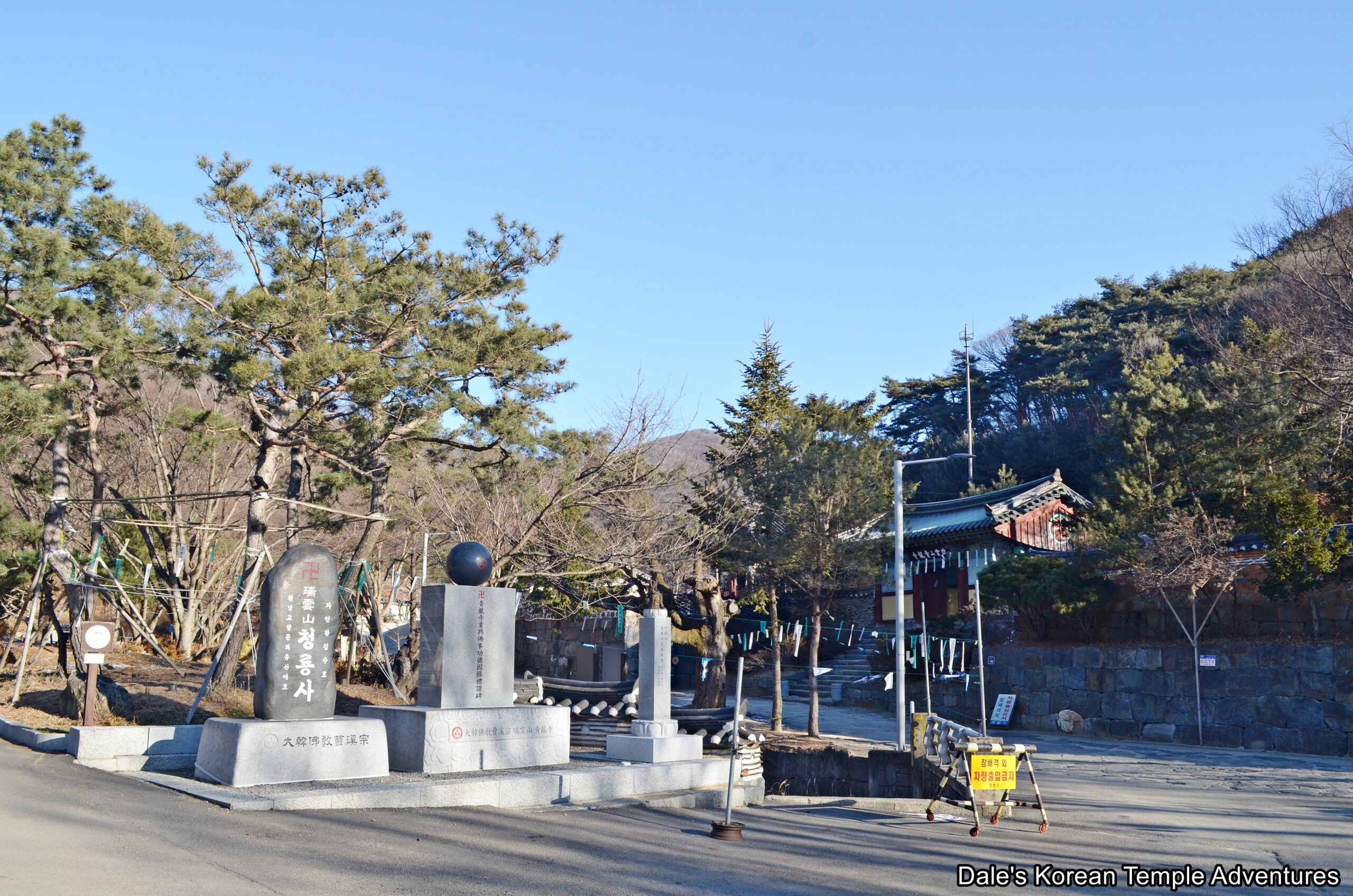
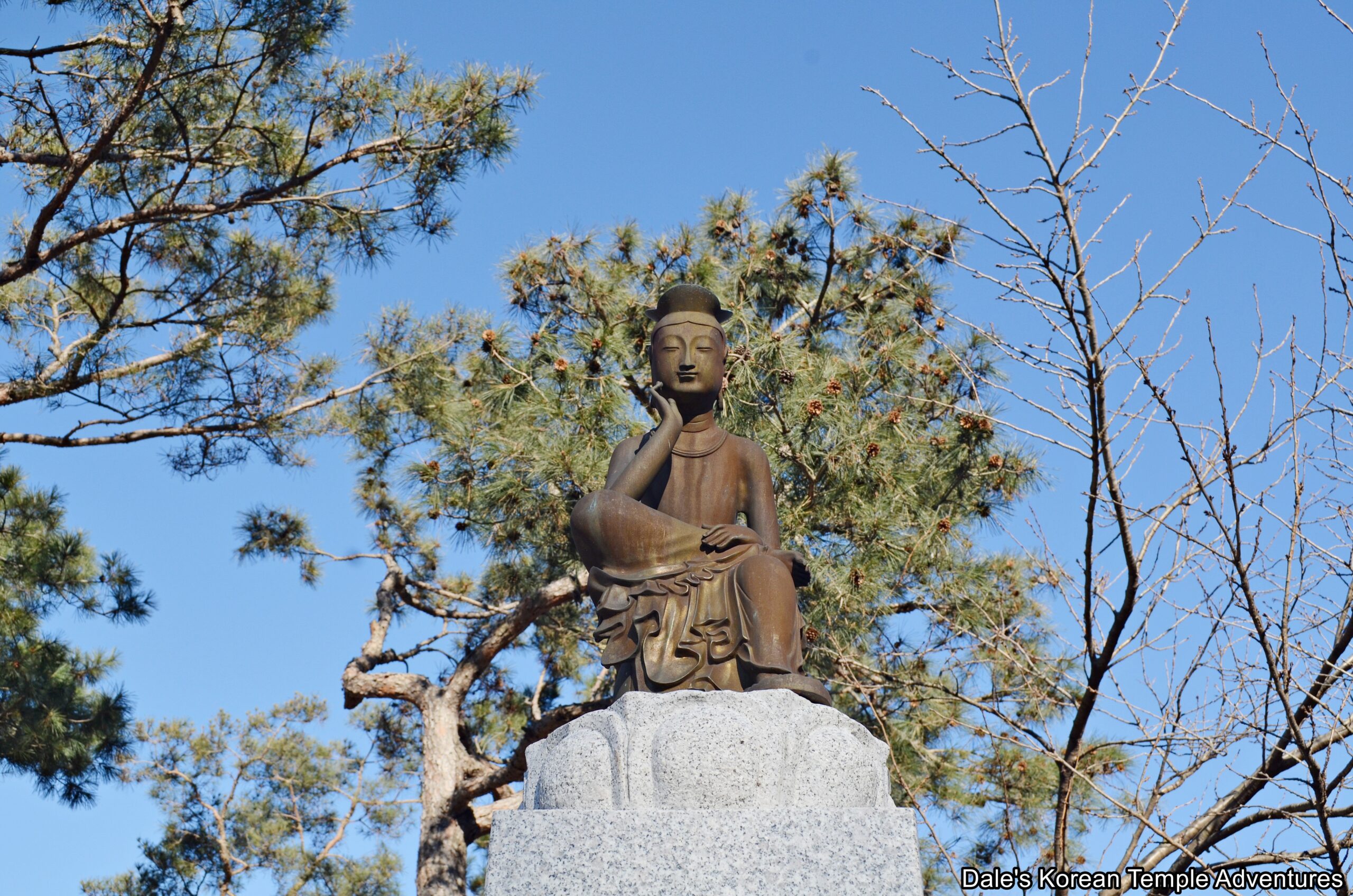
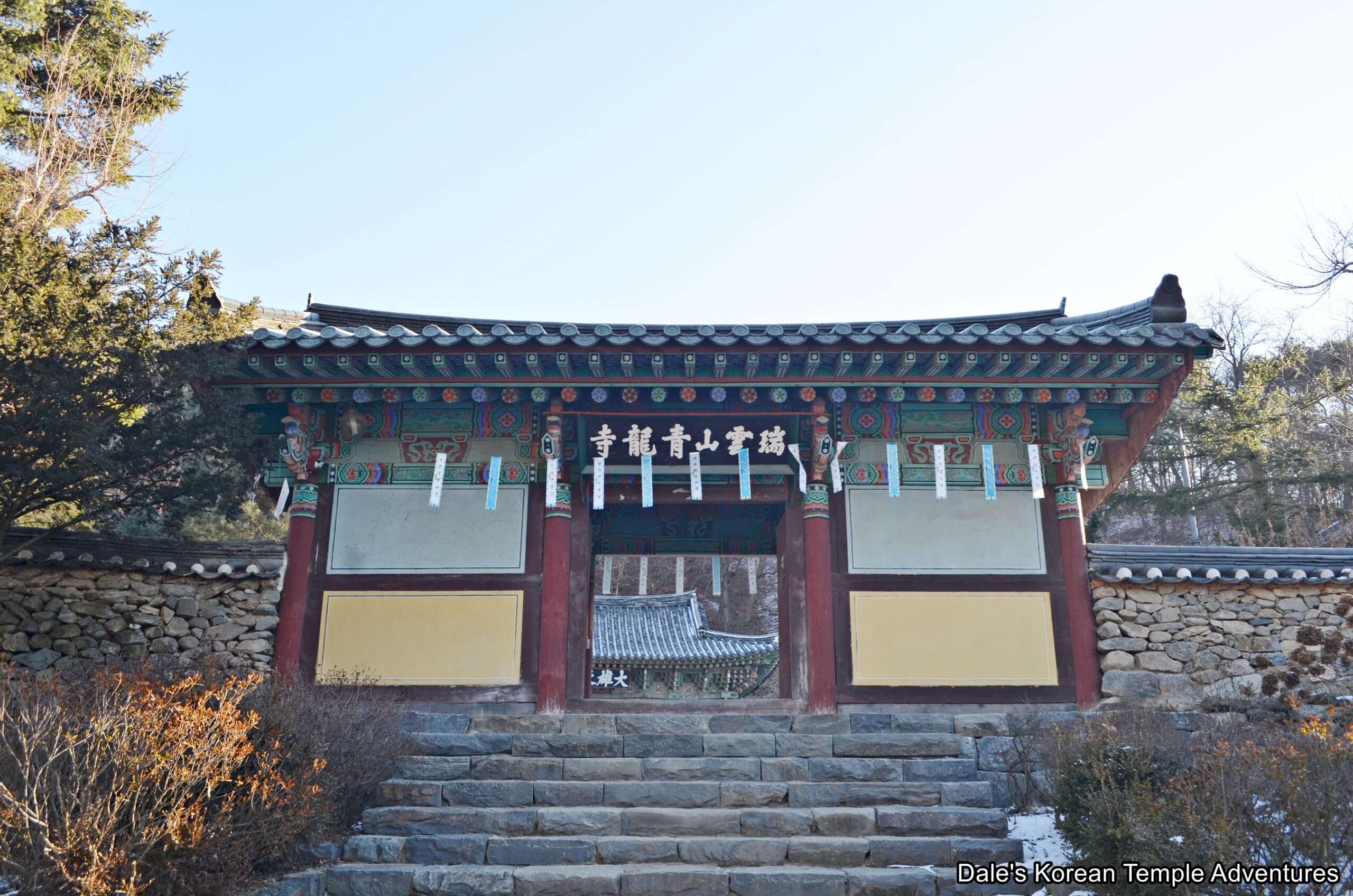

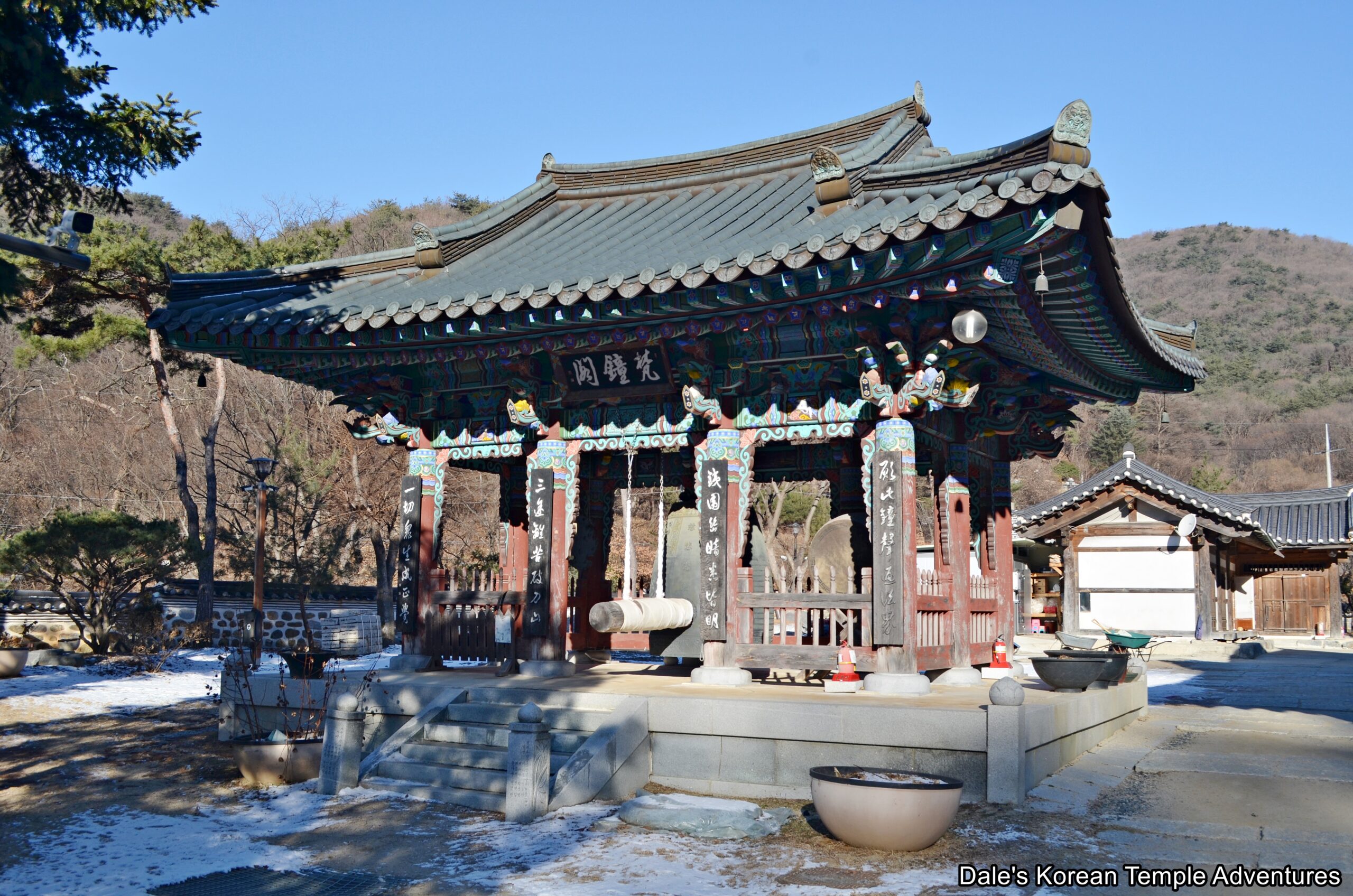
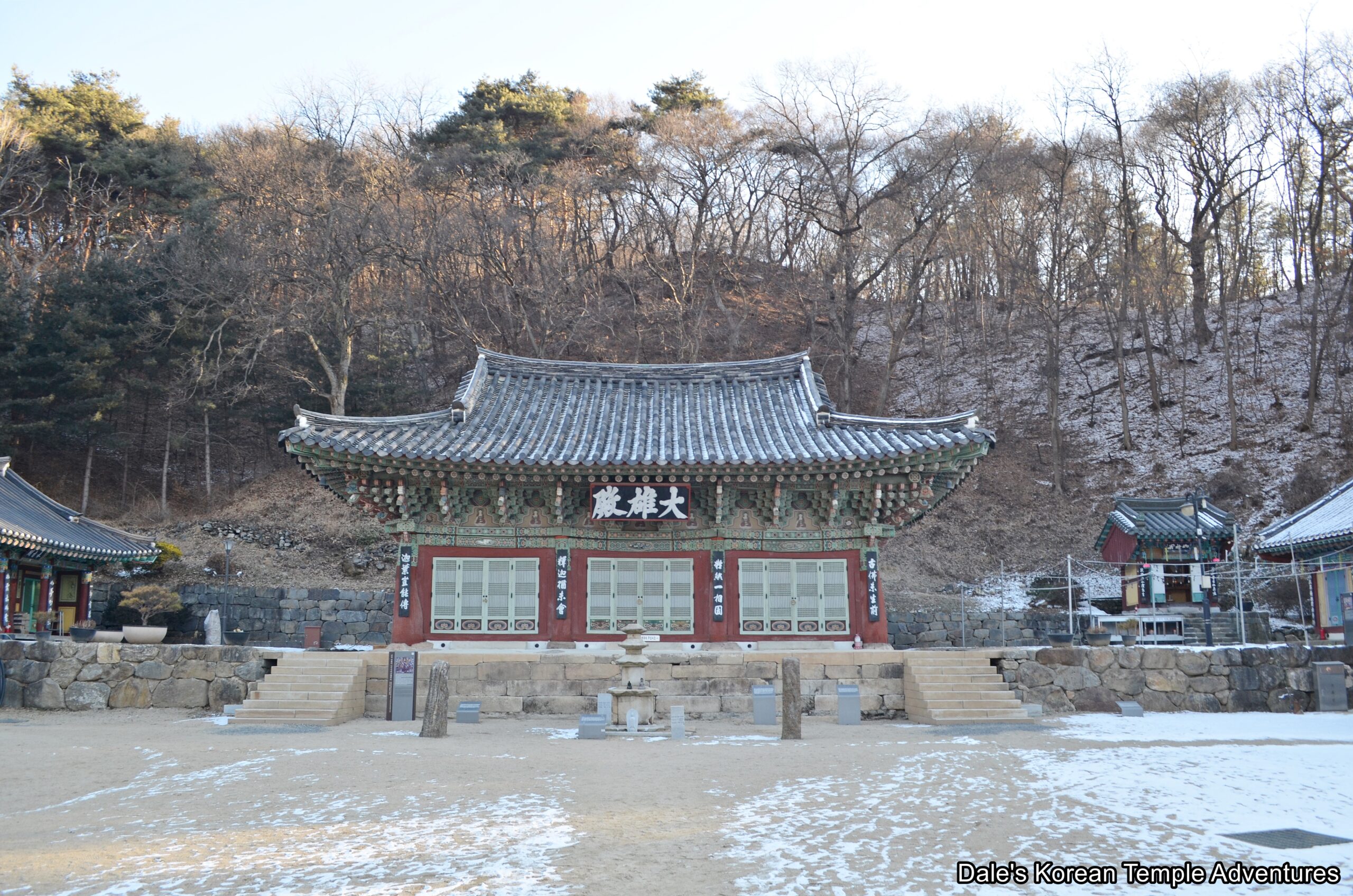
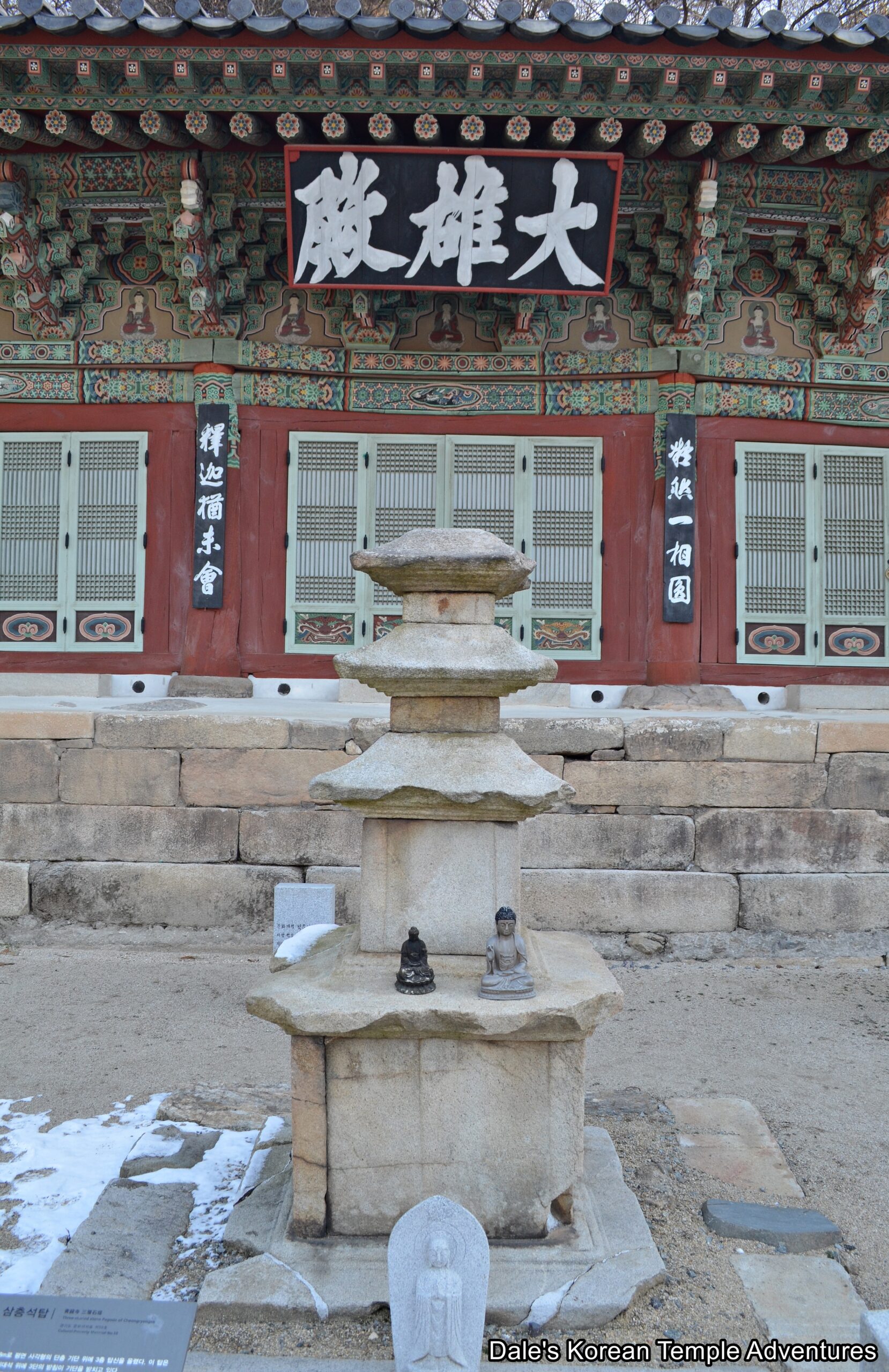
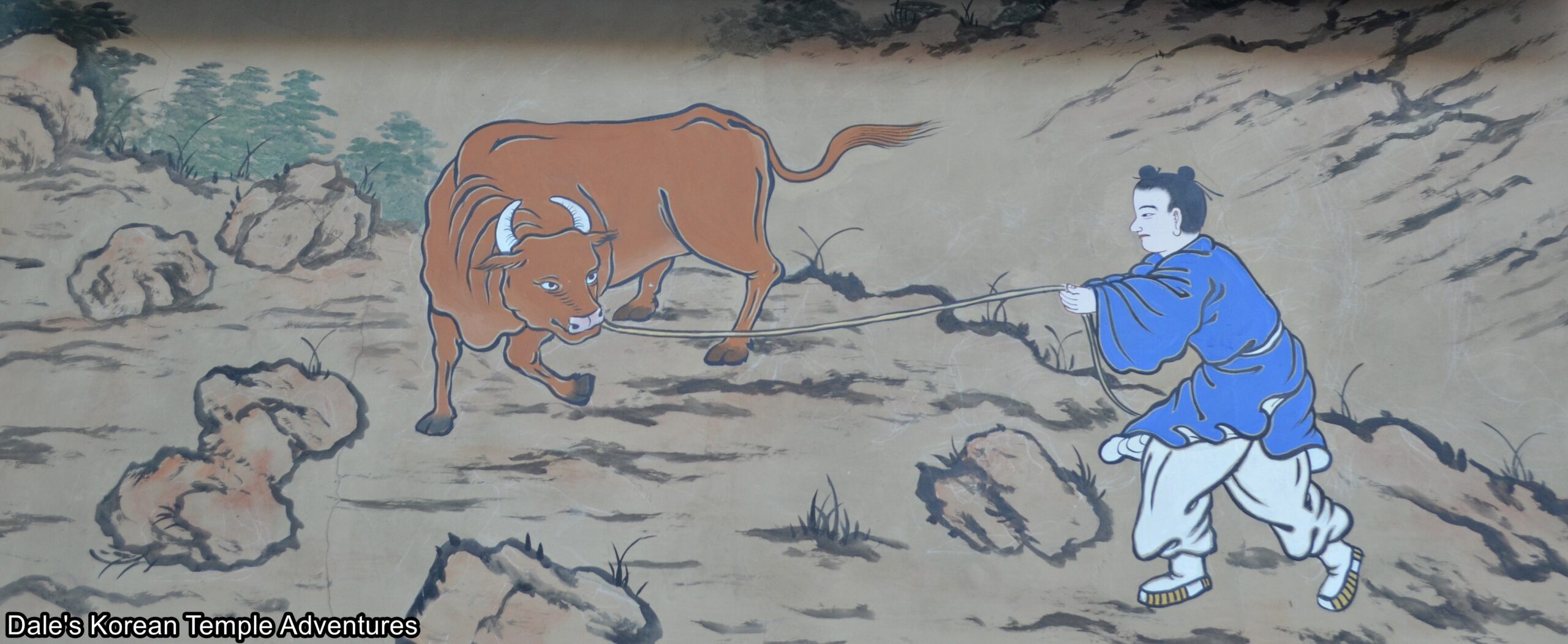
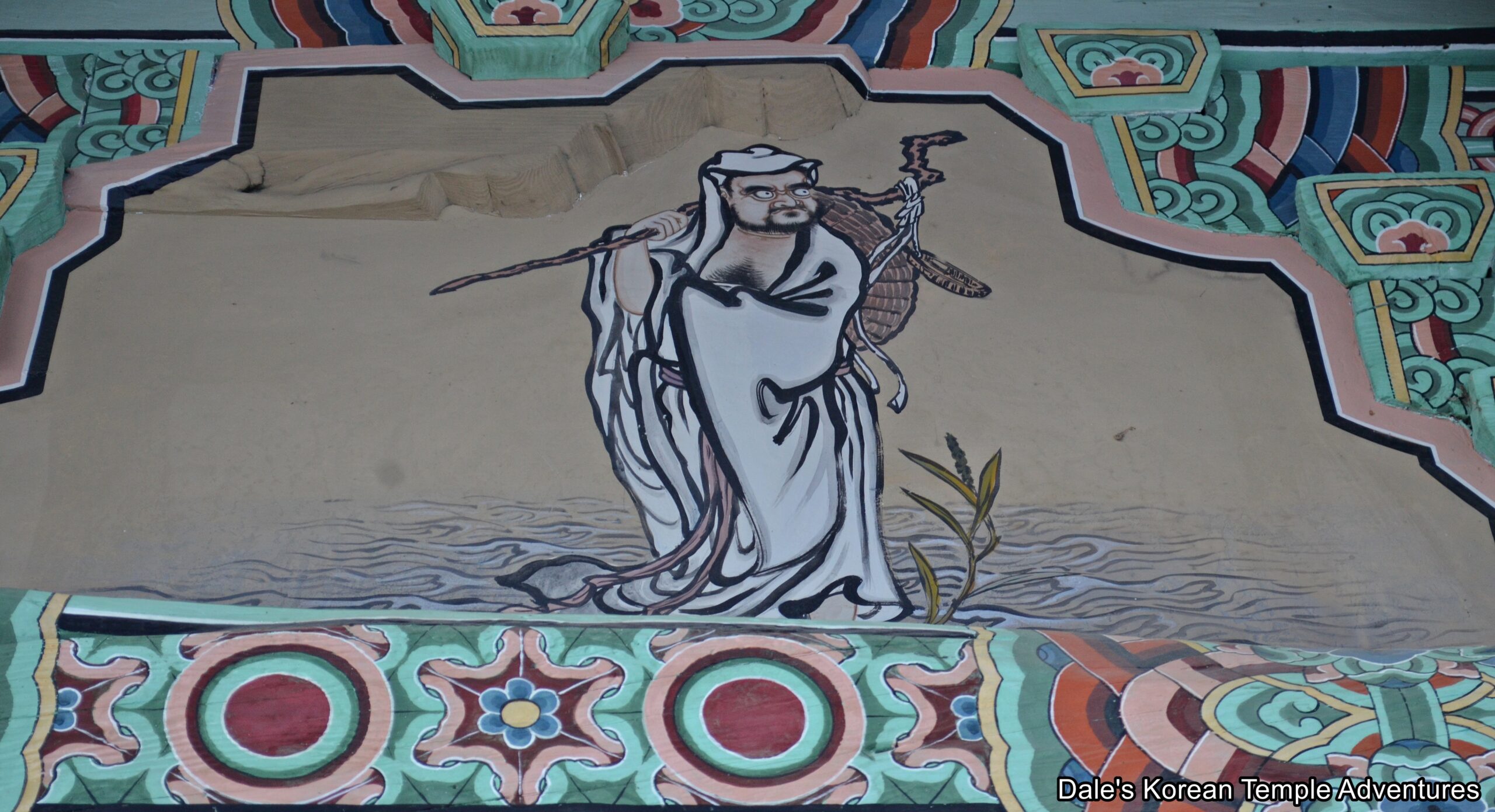
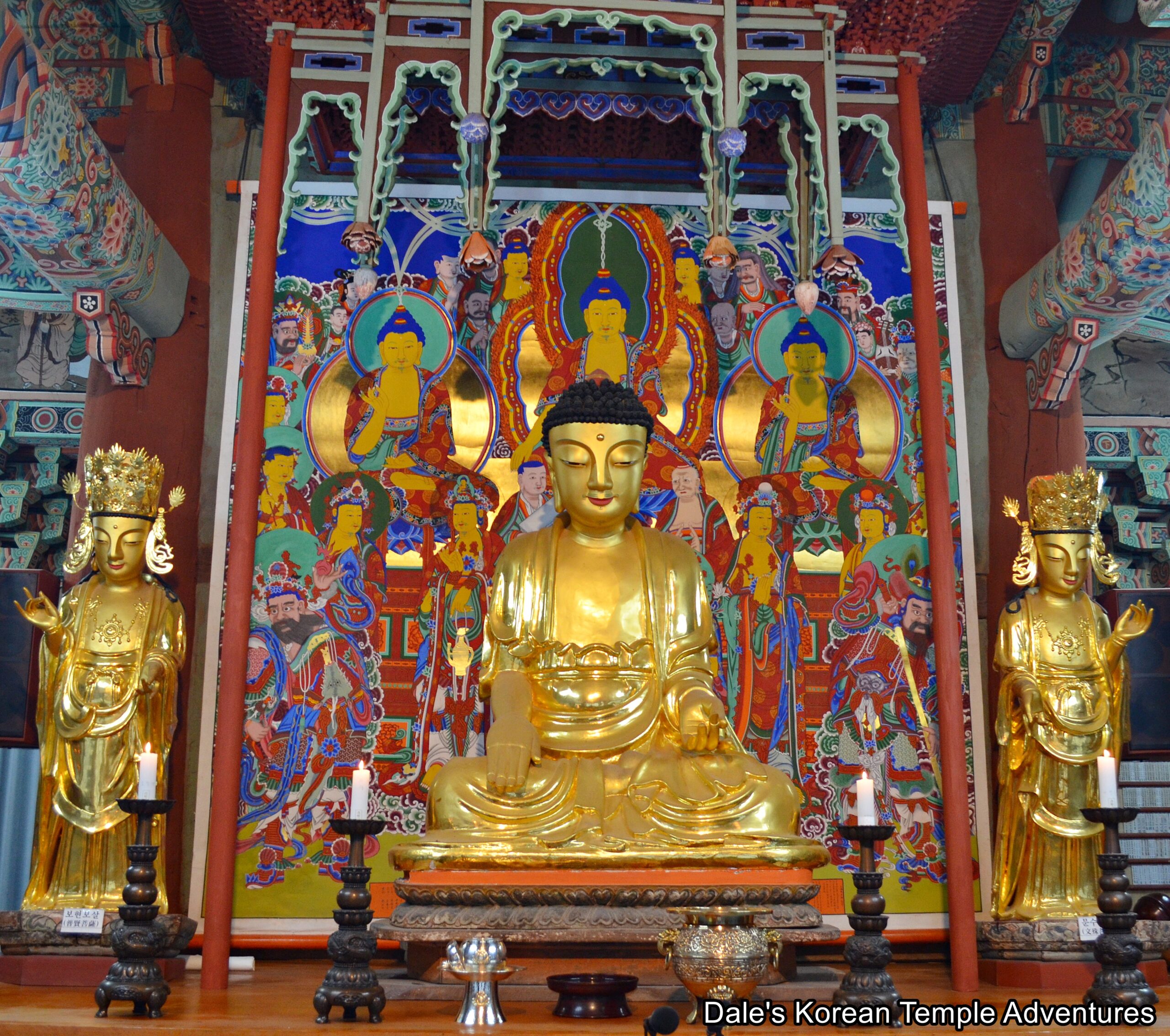
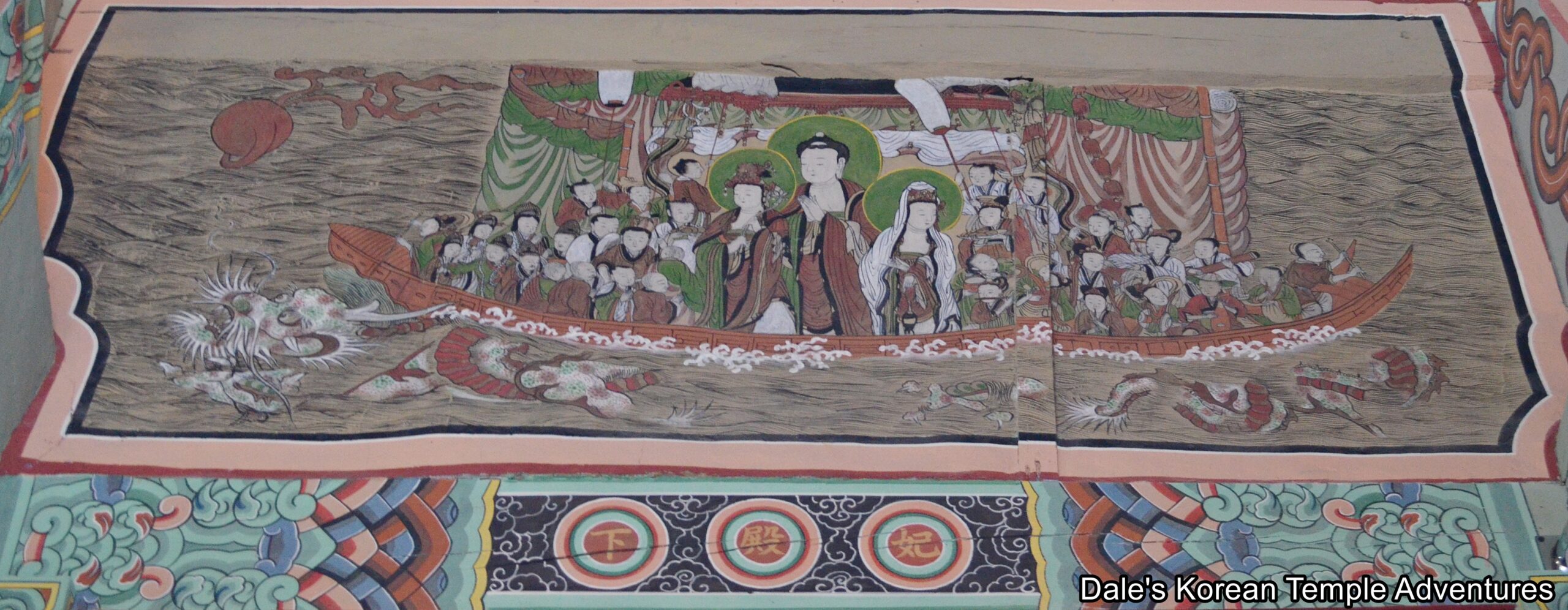
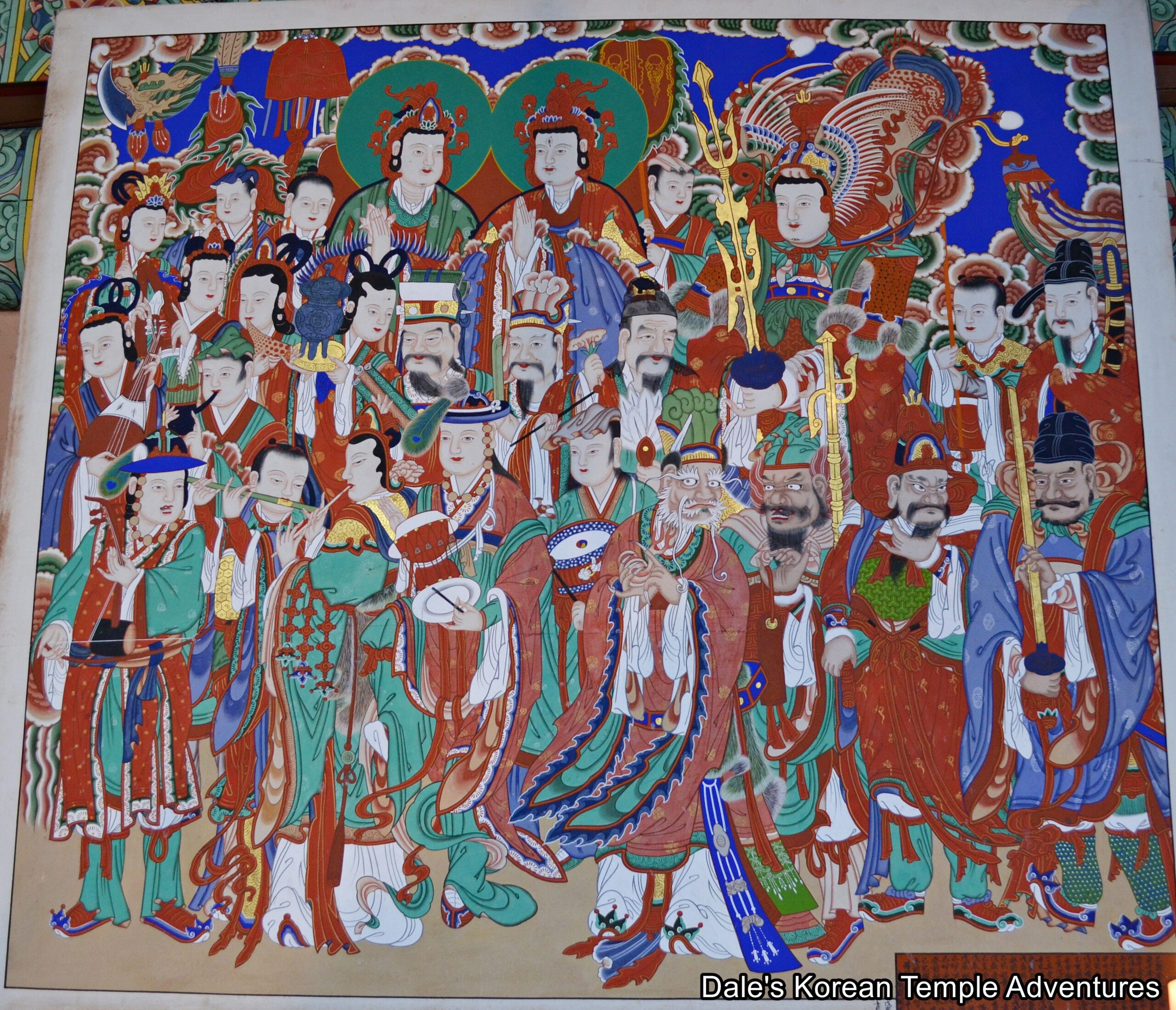
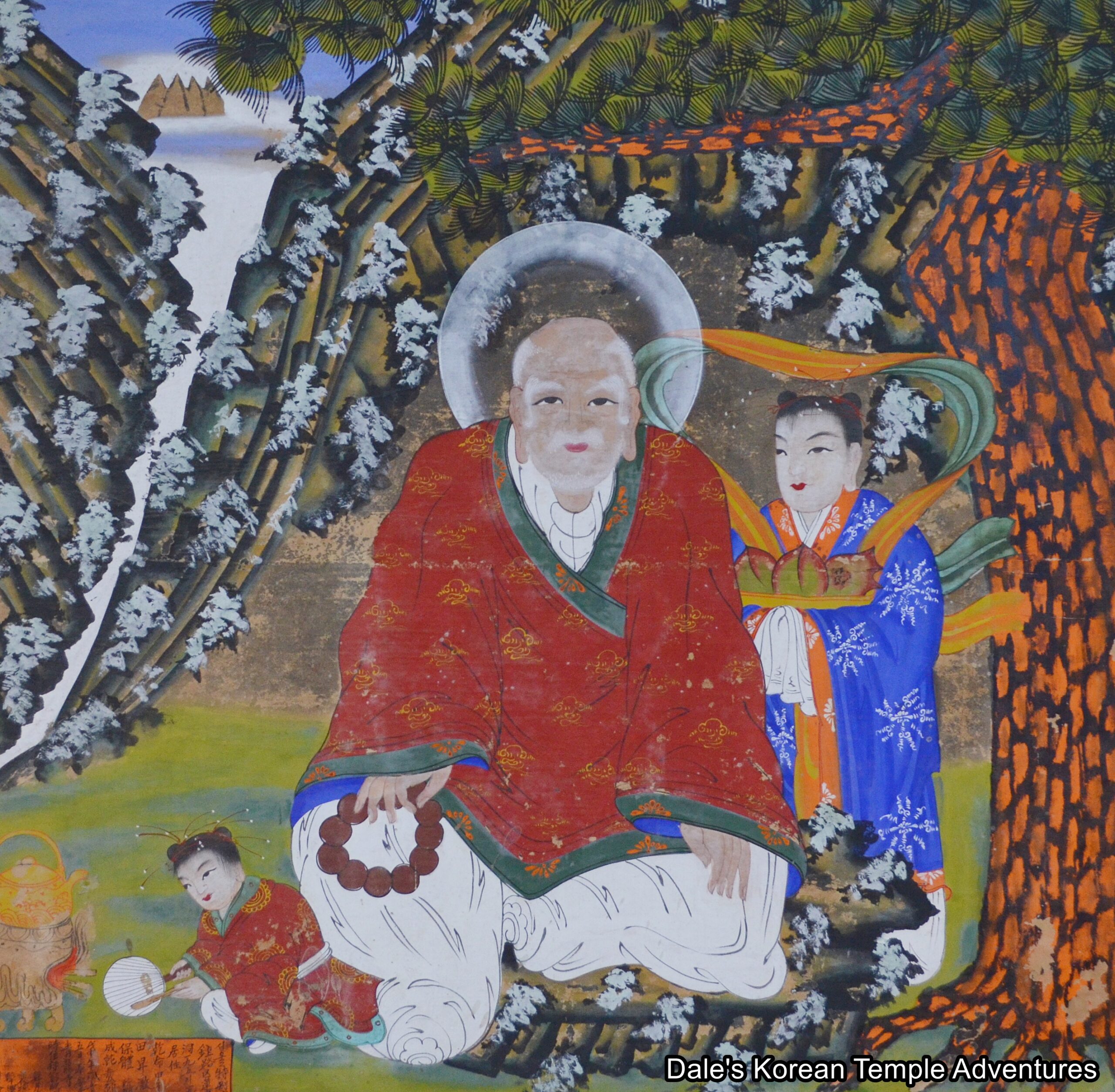

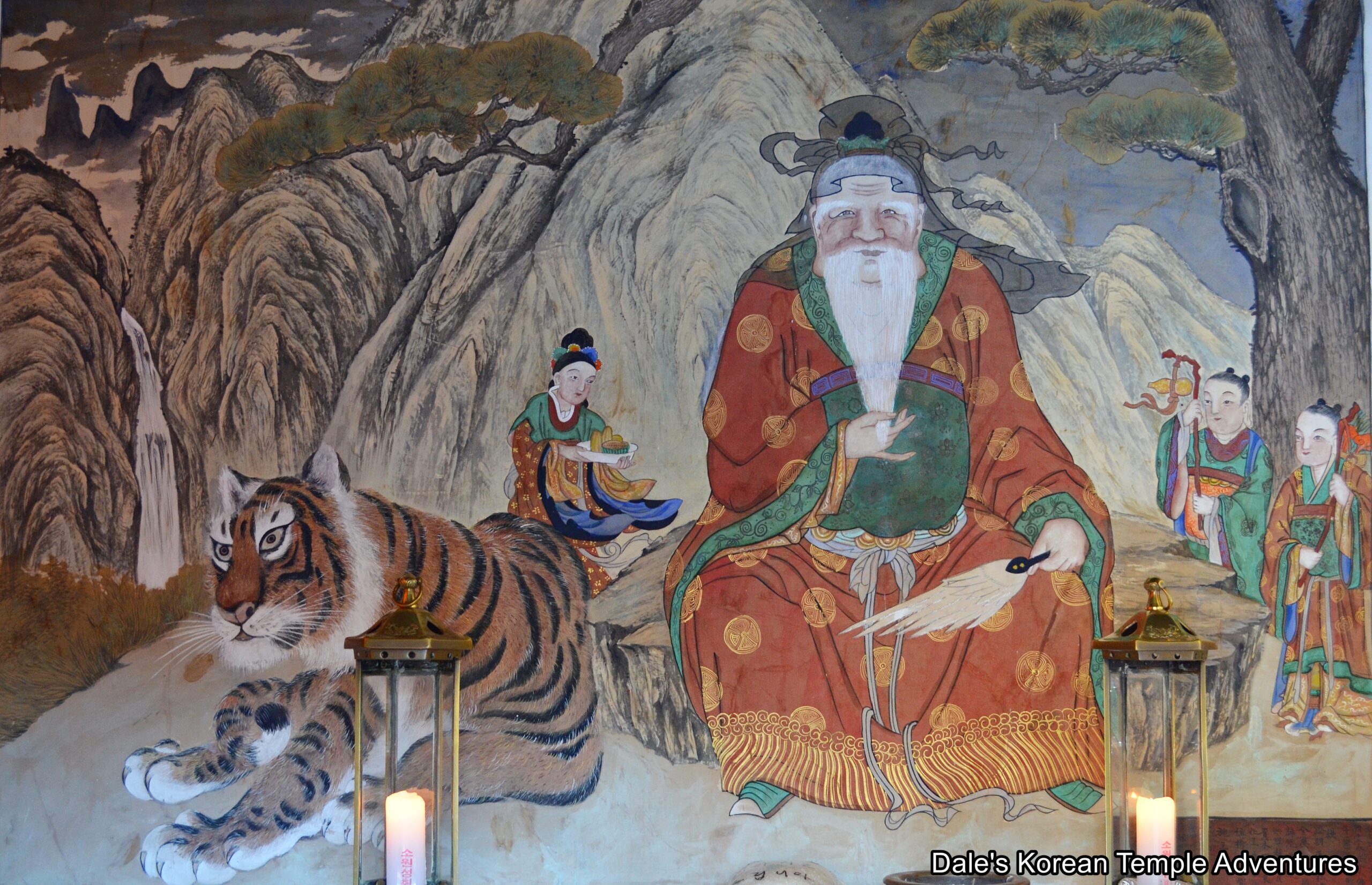
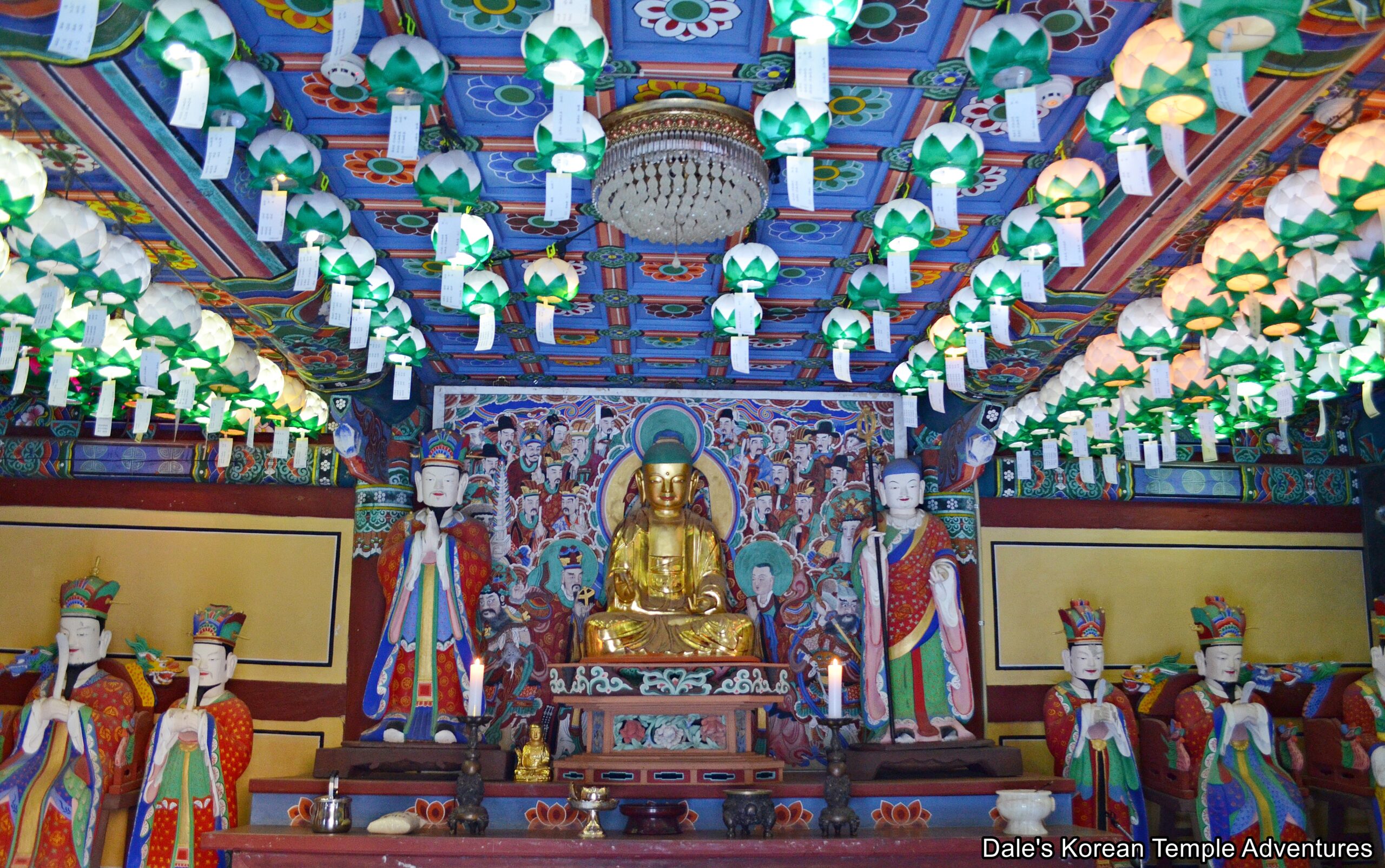


Recent comments